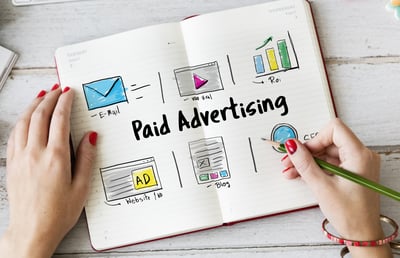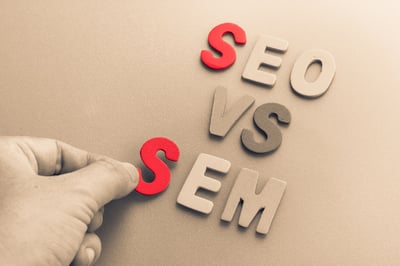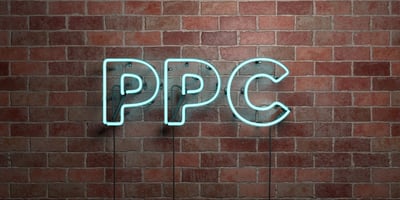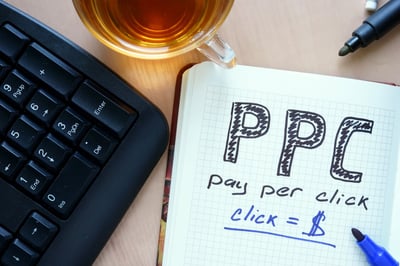
PPC And Paid Advertising: Display vs. Search vs. Social Ad Differences
Pay-per-click (PPC) advertising and other forms of paid advertising have become popular — and effective — marketing tools for many manufacturing companies.
However, if you're new to paid advertising, it's important to know that several disciplines fall underneath this umbrella. Understanding the differences and figuring out which industrial paid strategy will work best for your company isn’t always easy or straightforward. We’ll explore the advantages and disadvantages of each below.
Read More »
SEO Vs. SEM Vs. PPC For Manufacturers: What’s The Difference?
The industrial manufacturing sector is constantly seeing new technological innovations and advancements as businesses compete to stay ahead of the competition and at the forefront of their industry. Similarly, digital B2B advertising and marketing practices undergo the same rapid rate of change and advancement. But with so many options and platforms available today, getting started can be daunting — especially if you're new to the industrial marketing world.
Some of the most common questions we field at Thomas involve a slew of acronyms — SEO, SEM, and PPC: What’s the difference between SEO, SEM, and PPC, and what can they do for my company?
Read More »
PPC For Manufacturing: What Is Paid Search?
PPC (Pay-Per-Click advertising) is an amazing tool for reaching customers online. It acts as a pull marketing technique that brings customers to you based on their searches and it's a win-win when executed properly. Through PPC, advertisers pay only when a user clicks on their ad; these clicks increase site traffic and, ultimately, also increase the chances of converting these leads into buyers. Unlike outbound marketing, which involves pushing your message out to potential customers, PPC is inherently inbound, since it brings potential customers in.
However, there are a lot of misconceptions about what PPC is, and maybe more importantly, what PPC isn't. Let's clear some faulty understandings that should be helpful when before beginning your first PPC campaign.
Read More »
For Manufacturers: 11 Steps To Begin Your First PPC Campaign
More manufacturers and industrial companies are investing their time and budget into paid marketing — it's a model that targets consumers online based on their interests or intent using different tactics like display ads or pay-per-click (PPC). PPC is a must-have for any inbound strategy — over time, B2B marketers are able to effectively reach their target audience and drive leads based on their searches. One of the most compelling characteristics of paid marketing is the tremendous amount of data you’re able to collect in order to make decisions and improve the performance of your campaigns. The more you learn about your audience, the easier you can market and sell to them effectively. Who doesn't want that for their business' bottom line? But getting a conversion through PPC that justifies the expense takes careful planning and precise execution.
Also referred to as "cost-per-click" or CPC, PPC can be challenging to begin. Especially when you don't have any data, how do you get started? We put together this list of 12 PPC tips that will give beginners the best chance of starting off on the right foot. And we'll address one of the main challenges of managing PPC — how to target business customers when there is a large volume of consumer or retail traffic searching similar keywords.
Read More »
11 Ways To Make Your Industrial PPC Campaign More Effective
For manufacturing companies, getting started with pay-per-click advertising can be simple.
Seriously, Google touts that it takes "just a few minutes" to build your first ad. That means you can go from having absolutely no search engine presence at all to having your ads show on the first page of results in less time than it takes to heat up your leftovers for lunch.
Read More »
Three Reasons to Hit Pause on Your PPC Campaigns
Pay-per-click (PPC) advertising is an effective tool among many industrial manufacturing companies looking to expand their outreach and to connect with new customers. Part of what makes this particular advertising model so popular is its ability to easily find new, potential customers who are already interested in the products or services that your company offers.
Read More »





